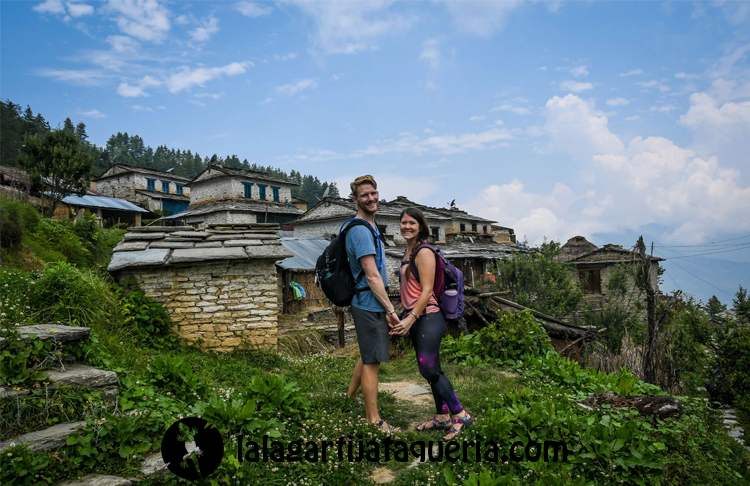
What You Need to Know Before Traveling to Nepal
Traveling to Nepal is an adventure of a lifetime, offering diverse landscapes, from the towering peaks of the Himalayas to lush jungles and bustling cities rich in culture. Whether you’re seeking thrilling treks, peaceful monasteries, or wildlife safaris, Nepal has something for everyone. Traveling to Nepal requires careful planning, especially to ensure you visit during the right season to maximize your experience. This guide will help you navigate the best times to go, what to expect during high and low seasons, and how to make the most of your journey.
Best Time to Visit Nepal
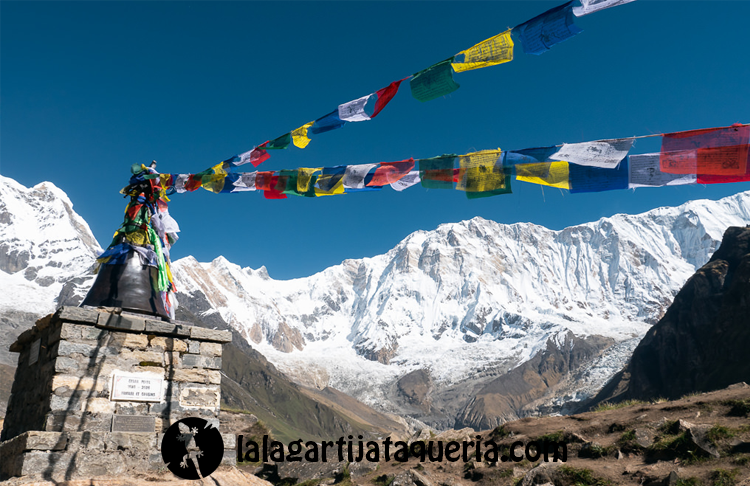
Nepal experiences four main seasons: winter, spring, summer, and autumn. The best time for traveling to Nepal depends largely on your activities. Trekking enthusiasts should aim for autumn (September to November) or spring (March to May), when the weather is clear and the scenery is stunning. Those who wish to explore cultural landmarks, jungles, or historical cities like Kathmandu will also find these periods most enjoyable. But even outside these peak times, traveling to Nepal offers unique experiences, from vibrant festivals to quiet nature retreats.
High Season (September to November)
Autumn, from September to November, is widely considered the peak season for traveling to Nepal. This period offers clear skies, making it perfect for trekking in the Himalayas, especially on popular routes like Everest Base Camp or the Annapurna Circuit. The moderate temperatures and post-monsoon lush greenery enhance the breathtaking mountain views, attracting thousands of adventurers.
During these months, you can also experience vibrant local festivals such as Dashain and Tihar, providing a unique cultural immersion. However, because it’s the high season, it’s essential to book accommodations and permits in advance, as tourist spots can become crowded. If you’re planning on traveling to Nepal for trekking, this is the best time, but be prepared for busy trails.
Low Season (June to August)
The low season, from June to August, coincides with Nepal’s monsoon period. During these months, traveling to Nepal comes with challenges, especially for trekkers, as heavy rains can make trails muddy and dangerous. Landslides are also a concern in some areas, making transportation tricky. However, this period offers a quieter, more intimate experience of Nepal, as fewer tourists visit.
For those interested in cultural tourism or wildlife safaris, the monsoon season still offers some highlights. Places like Chitwan National Park become lush and vibrant, with opportunities to see rare animals in their natural habitats. If you don’t mind the rain and prefer fewer crowds, traveling to Nepal during this time can be a rewarding experience at a lower cost.
Top Destinations in Nepal
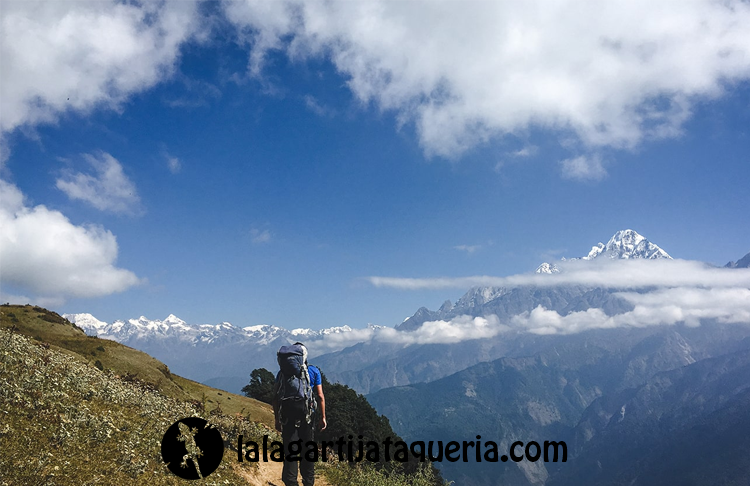
When traveling to Nepal, the country offers a variety of incredible destinations, each with its own unique appeal. From the cultural wonders of Kathmandu to the breathtaking mountain views in Pokhara, and the rich wildlife in Chitwan, there’s something for every type of traveler. Whether you’re interested in trekking, exploring ancient temples, or immersing yourself in nature, traveling to Nepal provides diverse experiences that will leave a lasting impression.
Kathmandu – The Heart of Nepal
Kathmandu, the bustling capital, is often the first stop for travelers. As the cultural and historical heart of the country, it offers a fascinating blend of ancient traditions and modern city life. Durbar Square, a UNESCO World Heritage Site, is a must-see, filled with palaces, courtyards, and temples that date back centuries. Swayambhunath (the Monkey Temple) and Boudhanath Stupa are iconic religious sites that reflect Nepal’s deep spiritual heritage.
While traveling to Nepal, Kathmandu serves as a gateway to understanding the country’s rich history and spirituality. The vibrant Thamel district is also a favorite among tourists, offering a variety of restaurants, shops, and guesthouses. Make sure to immerse yourself in the local culture, and don’t miss out on trying local delicacies like momos and dal bhat.
Pokhara – The Gateway to the Himalayas
If you’re traveling to Nepal for trekking or outdoor adventures, Pokhara is a destination you can’t miss. Often called the “Gateway to the Himalayas,” Pokhara is the starting point for treks like the Annapurna Circuit and Poon Hill. The city itself is set against the backdrop of towering mountains and serene lakes, making it a peaceful retreat for both adventurers and those seeking relaxation.
Fewa Lake is a central attraction where visitors can enjoy boating with stunning views of the Annapurna range. The city also offers paragliding, zip-lining, and ultralight flights for those looking for a thrilling experience. Pokhara is the perfect place to unwind before or after a challenging trek, offering scenic beauty and a calm atmosphere.
Chitwan National Park – A Wildlife Paradise
For nature lovers, traveling to Nepal wouldn’t be complete without a visit to Chitwan National Park. This UNESCO World Heritage Site is home to a wide range of wildlife, including Bengal tigers, one-horned rhinoceroses, elephants, and more than 500 species of birds. The park offers jeep safaris, jungle walks, and canoe rides, providing visitors with an immersive wildlife experience.
Chitwan’s lush landscapes and biodiversity make it one of the best places in Asia for wildlife spotting. Whether you’re hoping to catch a glimpse of the elusive tiger or enjoy a tranquil canoe ride along the Rapti River, Chitwan National Park is a must-visit destination for any nature enthusiast traveling to Nepal.
Lumbini – Birthplace of Buddha
Lumbini is a place of pilgrimage for Buddhists from around the world, as it is recognized as the birthplace of Siddhartha Gautama, who became the Buddha. The serene atmosphere of Lumbini is ideal for spiritual reflection, with various monasteries, temples, and sacred sites to explore. The Maya Devi Temple, which marks the exact birthplace, is a focal point for visitors.
Traveling to Nepal offers a unique opportunity to visit this holy site and witness its spiritual significance. In addition to its religious importance, Lumbini is also a UNESCO World Heritage Site and is surrounded by peaceful gardens and meditation centers, making it a place of tranquility and reflection for all visitors.
Best Treks in Nepal
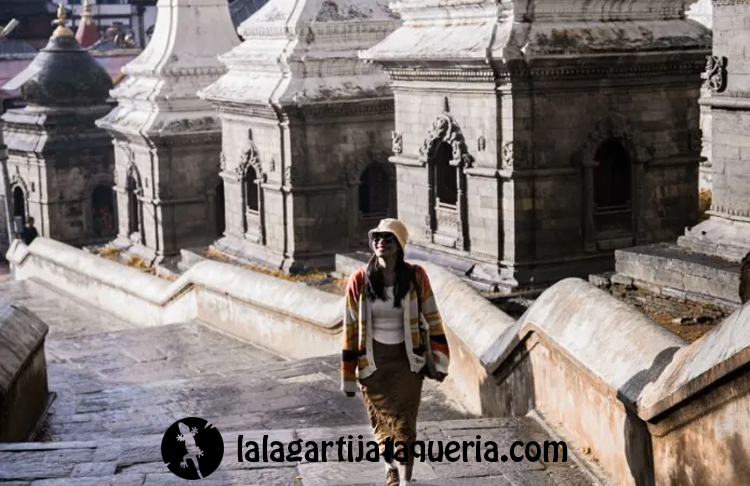
Nepal is a dream destination for trekkers, offering some of the most famous and challenging trails in the world. From routes that take you to the foot of Mount Everest to scenic treks through the Annapurna range, traveling to Nepal provides a variety of treks that cater to all levels of adventurers. Whether you are a seasoned trekker or a beginner looking for a rewarding experience, the trekking routes in Nepal will take you through some of the most breathtaking landscapes on the planet. Below are some of the best treks you can explore while traveling to Nepal.
Everest Base Camp Trek
The Everest Base Camp Trek is one of the most iconic and sought-after adventures for those traveling to Nepal. This challenging trek takes you through the heart of the Khumbu region, offering breathtaking views of the world’s highest peaks, including Mount Everest. Along the way, trekkers pass through Sherpa villages, ancient monasteries, and diverse landscapes, ranging from lush forests to snow-covered mountains.
The trek typically takes around 12-14 days and reaches an altitude of 5,364 meters (17,598 feet) at Everest Base Camp. The journey is physically demanding, but the reward of standing at the foot of Mount Everest is an unforgettable experience. For those traveling to Nepal with a passion for mountaineering and adventure, the Everest Base Camp Trek is a must-do.
Annapurna Circuit Trek
The Annapurna Circuit Trek is another top choice for those traveling to Nepal. This trek offers a diverse experience, taking trekkers through different climate zones, from subtropical forests to alpine landscapes. The highlight of the trek is crossing the Thorong La Pass, one of the highest trekking passes in the world at 5,416 meters (17,769 feet). The views along the way are spectacular, with glimpses of peaks such as Annapurna, Dhaulagiri, and Machapuchare.
The Annapurna Circuit typically takes about 15-20 days to complete and passes through charming villages where trekkers can experience local culture. The combination of challenging trails, stunning mountain vistas, and cultural immersion makes the Annapurna Circuit a favorite for many traveling to Nepal.
Poon Hill Trek
For those looking for a shorter but equally rewarding trek, the Poon Hill Trek is an excellent option. This trek is perfect for beginners or those with limited time while traveling to Nepal. The trek lasts about 4-5 days and takes you through picturesque villages and rhododendron forests. The highlight of the trek is reaching Poon Hill at sunrise, where you can witness panoramic views of the Annapurna and Dhaulagiri ranges bathed in golden light.
Despite being a relatively easy trek, Poon Hill offers stunning scenery and a taste of Nepal’s trekking culture without the need for intense physical preparation. It’s a great choice for anyone traveling to Nepal who wants to experience the beauty of the Himalayas in a short amount of time.
Adventure Activities in Nepal
Nepal is not only renowned for its stunning landscapes and trekking routes but also for a plethora of adventure activities that cater to thrill-seekers. From soaring high above the mountains to navigating roaring rivers, traveling to Nepal offers exciting opportunities for adrenaline junkies and nature enthusiasts alike. Whether you’re looking for high-flying adventures or immersive wildlife experiences, Nepal has something to offer everyone seeking adventure.
Paragliding in Pokhara
One of the most exhilarating experiences while traveling to Nepal is paragliding in Pokhara. This adventure allows you to glide through the skies, enjoying breathtaking views of the Annapurna range and Phewa Lake below. Launching from Sarangkot, you’ll soar to heights of up to 2,200 meters (7,200 feet), with experienced pilots guiding you safely through the air.
Paragliding in Pokhara typically lasts around 30 minutes, providing ample time to take in the stunning scenery and capture incredible photos. This thrilling activity is perfect for both beginners and experienced paragliders, making it a must-do for anyone seeking adventure while traveling to Nepal.
White Water Rafting in Trishuli River
For those who love water sports, white water rafting on the Trishuli River is an unmissable adventure activity while traveling to Nepal. The Trishuli River offers a range of rapids suitable for both beginners and experienced rafters, with Class II to Class IV rapids depending on the season. This makes it a great option for families and groups looking for fun on the water.
Rafting trips usually last from a few hours to a full day, allowing you to enjoy the beautiful scenery of lush hills and terraced fields along the riverbanks. Experienced guides ensure safety while providing an exciting ride, making white water rafting a highlight for adventure enthusiasts traveling to Nepal.
Safari in Chitwan National Park
Experience the rich biodiversity of Nepal with a safari in Chitwan National Park. This UNESCO World Heritage Site is home to a variety of wildlife, including Bengal tigers, one-horned rhinoceroses, and countless bird species. While traveling to Nepal, a safari offers a unique opportunity to explore the park’s dense jungles and grasslands.
Safaris can be conducted on foot, by jeep, or even on elephant-back, each providing a different perspective of the park’s stunning landscapes. Guided tours allow you to learn about the ecosystem and the conservation efforts in place. A visit to Chitwan for a safari is not just an adventure; it’s a chance to connect with nature and witness the beauty of Nepal’s wildlife up close.
Practical Tips for Traveling in Nepal
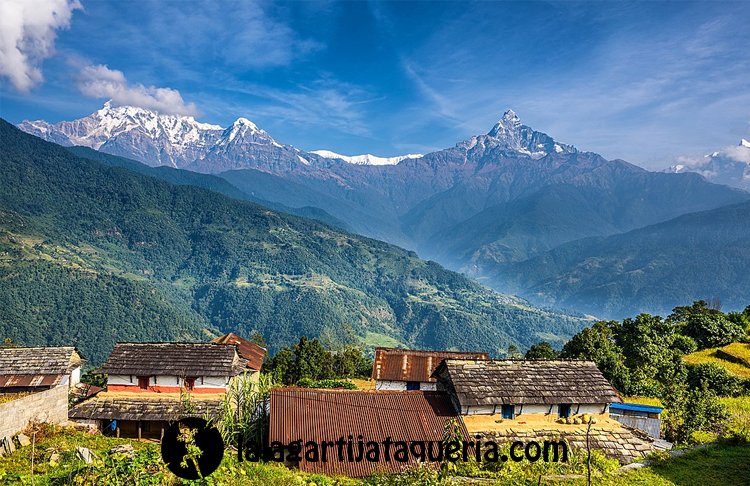
Before embarking on your adventure, it’s essential to be well-prepared with some practical tips for traveling to Nepal. From navigating the local transport system to understanding visa requirements and respecting the cultural norms, having the right knowledge can enhance your experience and help avoid potential challenges. These practical tips will ensure your journey through this fascinating country is smooth and enjoyable, leaving you free to focus on its breathtaking landscapes and vibrant culture.
How to Get Around Nepal
Getting around Nepal can be an adventure in itself, due to the country’s mountainous terrain and developing infrastructure. When traveling to Nepal, the most common ways to move between cities are by bus, car, or plane. Buses are the primary mode of public transport, with both local and tourist options available. While local buses are budget-friendly, they can be crowded and less comfortable. For longer distances, tourist buses offer more comfort but may take a bit longer due to the rough road conditions.
For quicker transport, internal flights between major cities like Kathmandu, Pokhara, and Bharatpur are available, though flight delays are common due to weather conditions. Alternatively, hiring a private car or jeep is a convenient option, especially for those traveling in groups, providing flexibility and comfort. In cities, taxis and rickshaws are affordable ways to get around, but be sure to negotiate fares beforehand.
Visa Requirements for Nepal
When traveling to Nepal, most visitors will need a visa, which is easy to obtain either on arrival at the airport in Kathmandu or in advance from a Nepali embassy. Tourist visas can be issued for 15, 30, or 90 days, depending on the duration of your stay, and can be extended if needed. For those arriving at the Tribhuvan International Airport in Kathmandu, the visa process is straightforward, with kiosks available to fill out your application form. Be sure to carry passport-sized photos and the required visa fee in USD.
Additionally, some nationalities may have visa exemptions or specific requirements, so it’s advisable to check Nepal’s visa regulations based on your home country before you travel. Ensure your passport is valid for at least six months from the date of entry.
Local Etiquette and Cultural Tips
Respect for local customs is crucial while traveling to Nepal, a country with deep-rooted traditions and diverse cultures. One of the most important gestures to understand is the greeting “Namaste,” which is often accompanied by pressing your palms together. It’s widely used as a respectful form of greeting and parting.
When visiting religious sites, dress modestly and remove your shoes before entering temples or monasteries. Avoid pointing your feet at people or religious objects, as feet are considered the lowest part of the body. Similarly, avoid touching someone on the head, as the head is regarded as sacred.
In terms of dining etiquette, remember that the left hand is considered unclean, so always use your right hand to eat or pass items. Being aware of these cultural nuances will not only show respect but also enhance your interactions with locals during your time traveling to Nepal.
Must-Try Foods in Nepal
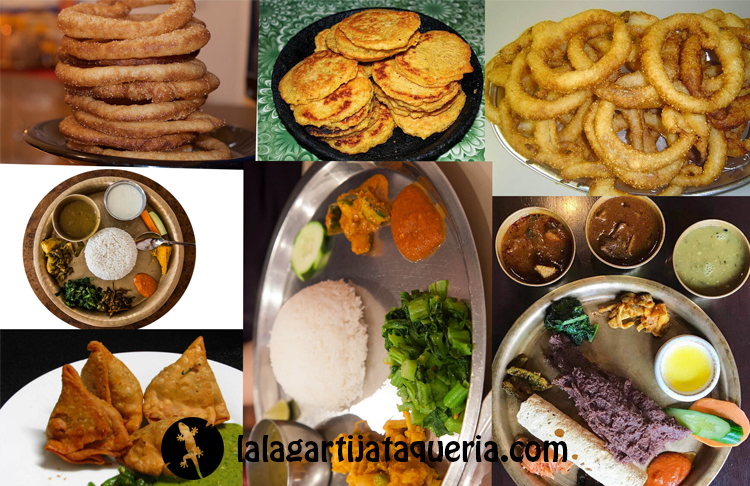
One of the best ways to experience the culture while traveling to Nepal is through its diverse and flavorful cuisine. Nepalese food is a reflection of the country’s rich cultural heritage, blending influences from India, Tibet, and China. Whether you’re trekking in the mountains or exploring city markets, trying the local food is a must. The following are some must-try dishes that will give you a true taste of Nepal.
Dal Bhat
Dal Bhat is the staple dish of Nepal, served daily in most households and restaurants across the country. It consists of steamed rice (bhat) and lentil soup (dal), typically accompanied by a variety of side dishes like vegetable curries, pickles, and sometimes meat. This hearty meal provides the energy needed for long treks and is popular among locals and travelers alike.
While traveling to Nepal, you’ll likely encounter many variations of Dal Bhat, as each region and family adds its own twist. It’s often said that Dal Bhat powers Nepal, as it is a nutritious, filling, and affordable meal that you will see on almost every menu.
Momo Dumplings
Momos are one of Nepal’s most beloved dishes and a must-try for anyone traveling to Nepal. These dumplings are inspired by Tibetan cuisine and are typically filled with minced meat (like chicken or buffalo) or vegetables. Momos can be either steamed or fried and are served with a tangy dipping sauce, often made from tomatoes, sesame seeds, and local spices.
You’ll find momos sold everywhere, from street vendors to high-end restaurants, making them a convenient snack or meal during your travels. The combination of soft dough and flavorful fillings makes momos a popular choice for both locals and visitors.
Sel Roti
Sel Roti is a traditional Nepali sweet treat, often enjoyed during festivals and celebrations. This ring-shaped rice bread is deep-fried and has a slightly sweet, crispy exterior with a soft inside. It’s commonly served with tea or yogurt and makes for a delightful snack or breakfast option while traveling to Nepal.
The preparation of Sel Roti involves a unique technique where the batter is poured in circular shapes into hot oil, resulting in its distinct doughnut-like appearance. This simple yet flavorful food is a reflection of Nepal’s culinary traditions and is particularly popular during the Tihar and Dashain festivals.
Conclusion
Traveling to Nepal offers an unforgettable experience, blending the beauty of nature with rich cultural heritage. From trekking through the world’s most iconic mountains to enjoying traditional Nepalese food, every moment spent in this fascinating country will leave you with lasting memories. Whether you are an adventurer, a spiritual seeker, or a nature lover, traveling to Nepal promises something extraordinary for everyone.
As you plan your journey, remember to respect the local culture, prepare for the varying climate, and make the most of every opportunity to explore. With its stunning landscapes and warm hospitality, traveling to Nepal will undoubtedly be one of the most rewarding experiences of your life.